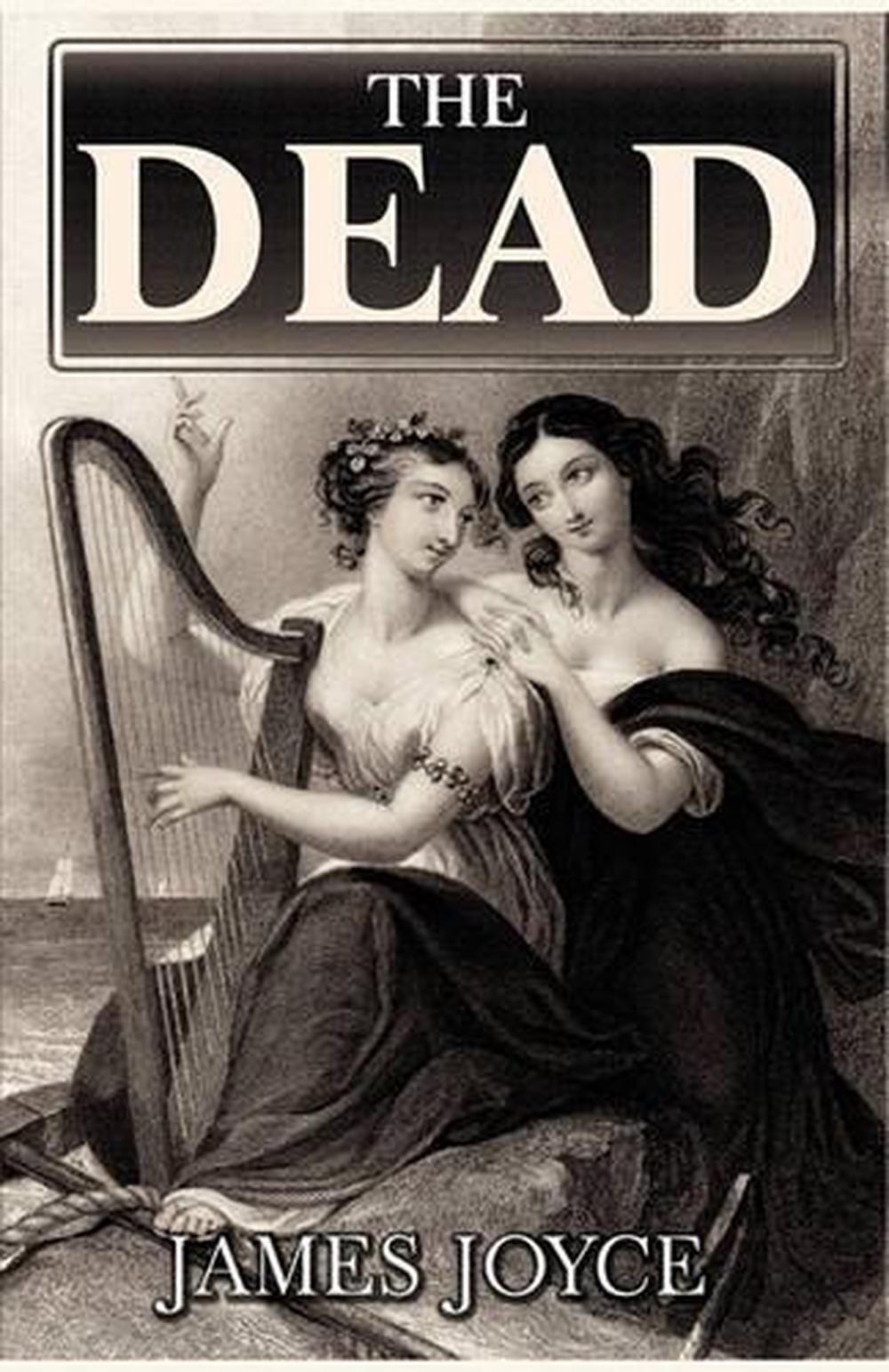

More broadly, Joyce uses an epiphanic moment as a literary device which is defined as “the moment when a character is suddenly struck with a life-changing realization which changes the rest of the story.”

If one were a cynic, one might say that’s about as Irish as one can get. Joyce’s having the story take place on the Epiphany, with is concentration on the new birth of the Christ Child and the visit of the Three Kings, gives a violent twist to the Feast, as it ends in snow, death and disillusionment. His soul swooned slowly as he heard the snow falling faintly through the universe and faintly falling, like the descent of their last end, upon all the living and the dead.” It lay thickly drifted on the crooked crosses and headstones, on the spears of the little gate, on the barren thorns. It was falling, too, upon every part of the lonely churchyard on the hill where Michael Furey lay buried. It was falling on every part of the dark central plain, on the treeless hills, falling softly upon the Bog of Allen and, farther westward, softly falling into the dark mutinous Shannon waves. He watched sleepily the flakes, silver and dark, falling obliquely against the lamplight…Yes, the newspapers were right, snow was general all over Ireland. “A few light taps upon the pane made him turn to the window.

Here’s the last graph of the story, with its terrific, spine-tingling ending: It’s when Gabriel has been told by his wife of years, Gretta, about an early love of hers named Michael Furey, who has died from her apparent lack of love for him.įrom this insight into Gretta’s life, Gabriel realizes that he hasn’t meant all that much in her life as he has imagined. My favorite paragraph from the long short story, sometimes called a novella, is at its very end. To put it bluntly, just as snow in winter is inevitable, so death will come to us all.

The snow is significant we are reminded further, because it symbolizes the universal attributes of death and the hold that the past can have upon the living.


 0 kommentar(er)
0 kommentar(er)
